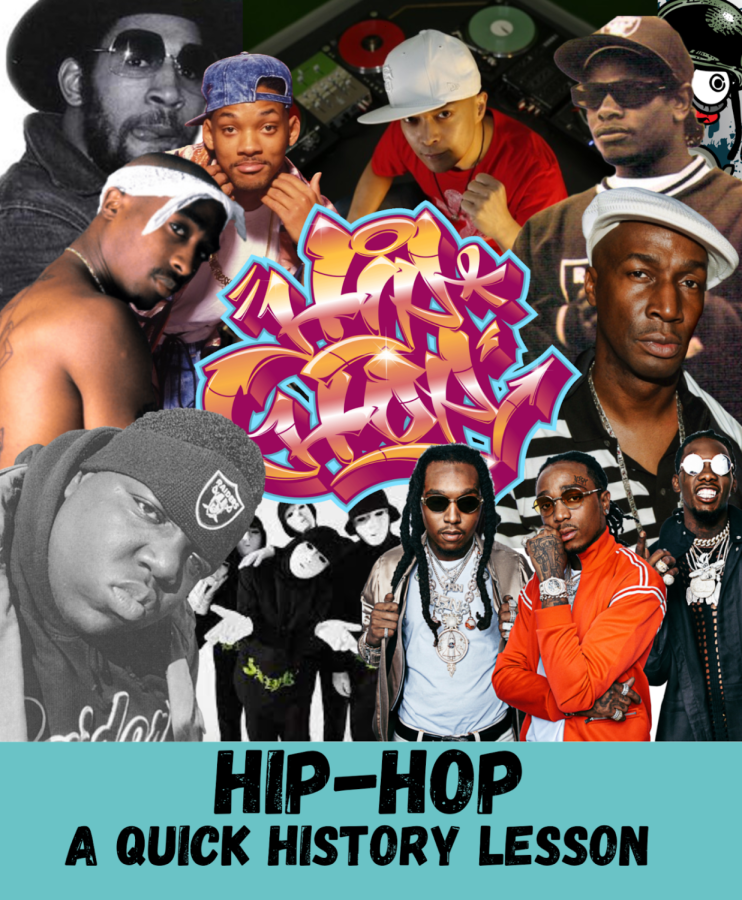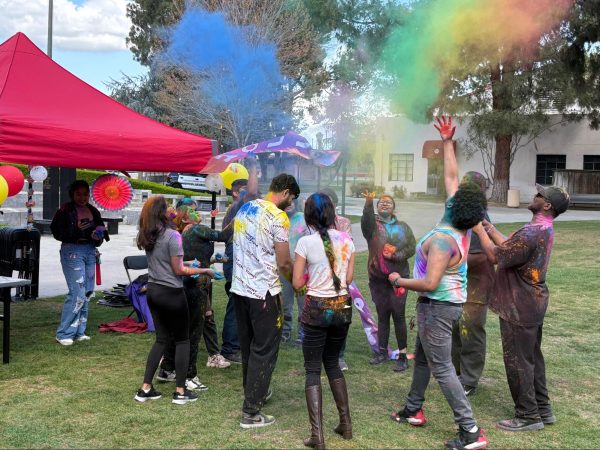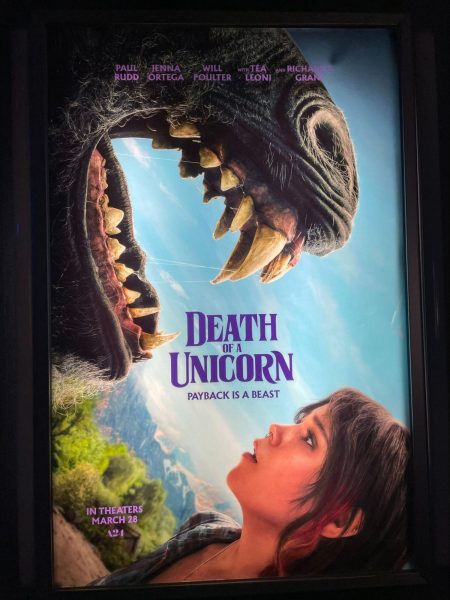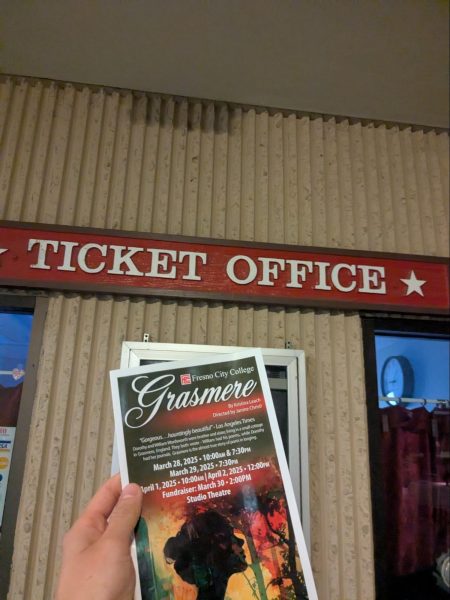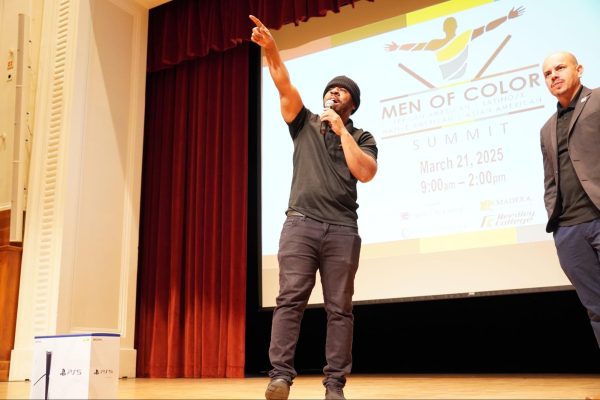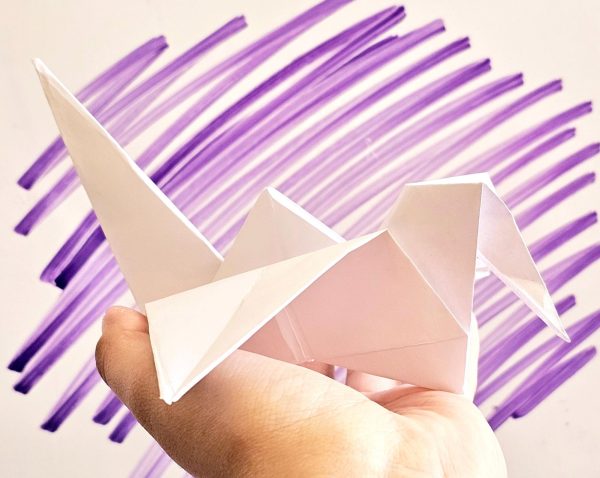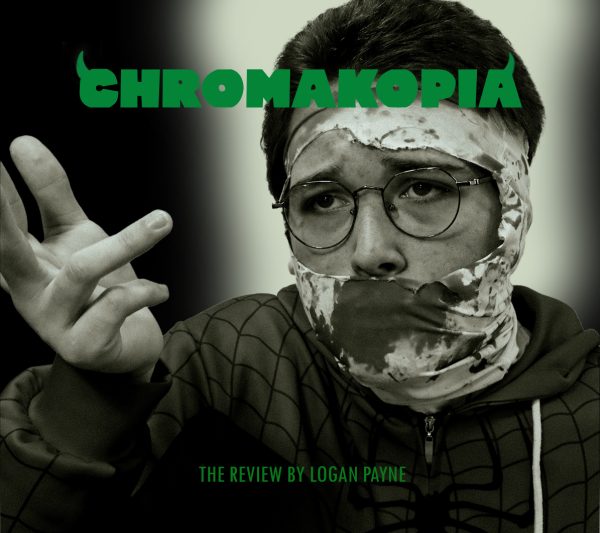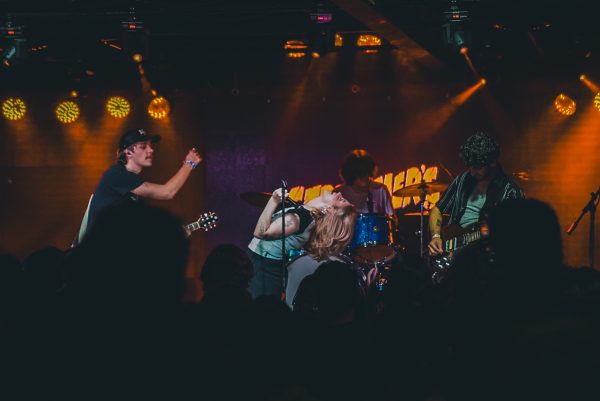Hip-Hop: A Quick History Lesson
Photo by: Ricardo A. Reyna
A collage of some of Hip-Hop’s pioneer’s and legends including DJ Kool Herc, Grandmaster Flash, Notorious B.I.G, DJ Qbert, 2 Pac and more.
In 2021 Congress recognized November as National Hip-Hop History Month, acknowledging the impact Hip-Hop has had on American society and further preserving its legacy for years to follow.
So how did we get here?
Hip-Hop’s roots can be traced back to Aug. 11, 1973 when an 18-year-old Clive Cambell, better known as Dj Kool Herc, hosted a “back to school jam” in the Bronx, New York for his younger sister and her classmates.
This was a day that would later be recognized as the birthday of Hip-Hop.
It was at these “jam” parties that DJ Kool Herc introduced an innovative style of disc jockeying that involved only playing the drum breaks or “breaks” of songs; extending the beats and allowing more time for people to dance while on the floor.
It was a style that would come to be known as the “Merry-Go-Round” technique.
Understanding how this technique evolved into what we now know as Hip-Hop is key.
Before this, DJ’s were only able to play songs with vocals over them. Going from one song to the next left little to no space for the Master of Ceremony or “MC” to speak.
The Merry-Go-Round technique created a new musical space with no lyrics and only drum breaks that allowed MC’s to jump on a microphone and create lyrics of their own to entertain the party.
(Watch more about Hip-Hop’s inception here. )
This would eventually pave the way for modern day hip hop music.
It’s also important to note that Hip-Hop is also more than just being a DJ or an MC.
There are four core elements that make up Hip-Hop as a culture. Those include DJing, MCing, breakdancing (B-boys and B-girls) and graffiti art.
Beatboxing later became an established “fifth” element of Hip-Hop.
Breakdancing played a key role in unifying Black and Latino communities throughout the area.
The extended drum breaks provided by Kool Herc’s DJ style allowed members of both communities to begin participating in dance battles.
This is where the term “breakdancing” comes from.
(Watch more about breakdancing’s impact on the world here.)
As this newly formed culture began to grow, MC’s became the focus.
Speaking out against systemic injustices and forming a sense of community that linked their unique experiences to the rest of the world.
Hip-Hop will turn 50 years-old on Aug. 11, 2023, and since its inception it still remains one of the most unique and powerful outlets for Black and Brown voices to share their story with the world.
It is important to know that in order to truly preserve Hip-Hop as the cultural staple it has come to be, we must learn, love and respect the history of what got us here.
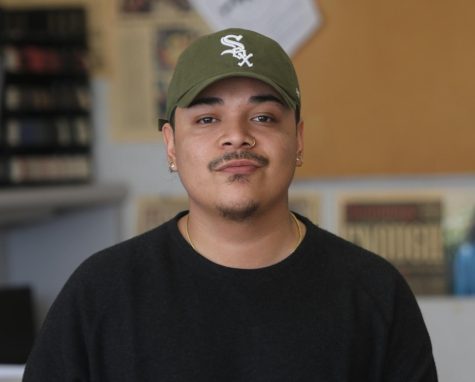
Ricardo A. Reyna is Journalism major at Fresno City College whose list of titles include student journalist/ reporter, photographer, editor, audio engineer...

